Plants That Look Like Hydrangeas But Are Even Better
Hydrangeas are some of the most popular flowering shrubs in the world, known for their large, showy blooms that come in a variety of colors. But if you're looking for a plant that looks like a hydrangea but is even better, there are a few options to consider.
Here are five plants that look like hydrangeas but are even better:
- Viburnum opulus (snowball bush): This shrub produces large, white flower clusters that are similar in appearance to hydrangea blooms. Snowball bushes are hardy in USDA zones 3-8 and prefer full sun to partial shade. They are also relatively easy to care for, making them a good choice for beginner gardeners.
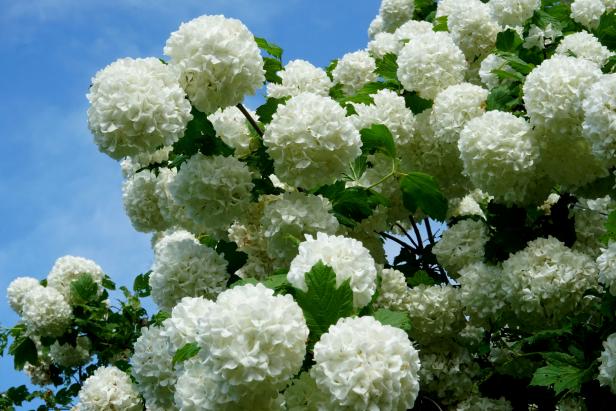
- Rhododendron: These evergreen shrubs produce large, showy flowers in a variety of colors, including pink, purple, and white. Rhododendrons are hardy in USDA zones 3-9 and prefer partial shade to full shade. They can be somewhat difficult to grow, but they are well worth the effort for their beautiful blooms.
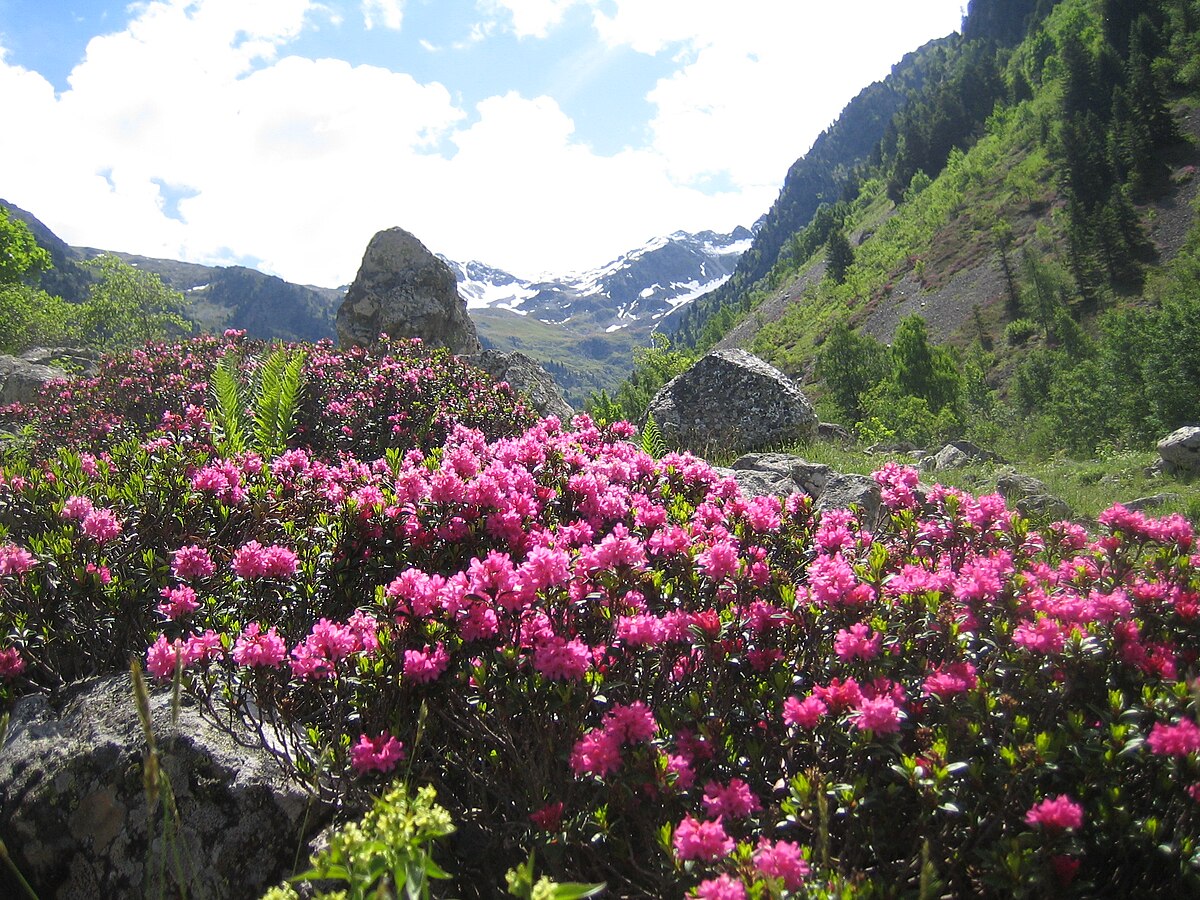
- Crape myrtle: This deciduous shrub or small tree produces large, showy flowers in a variety of colors, including pink, red, and white. Crape myrtles are hardy in USDA zones 7-9 and prefer full sun. They are relatively easy to care for and make a great addition to any garden.
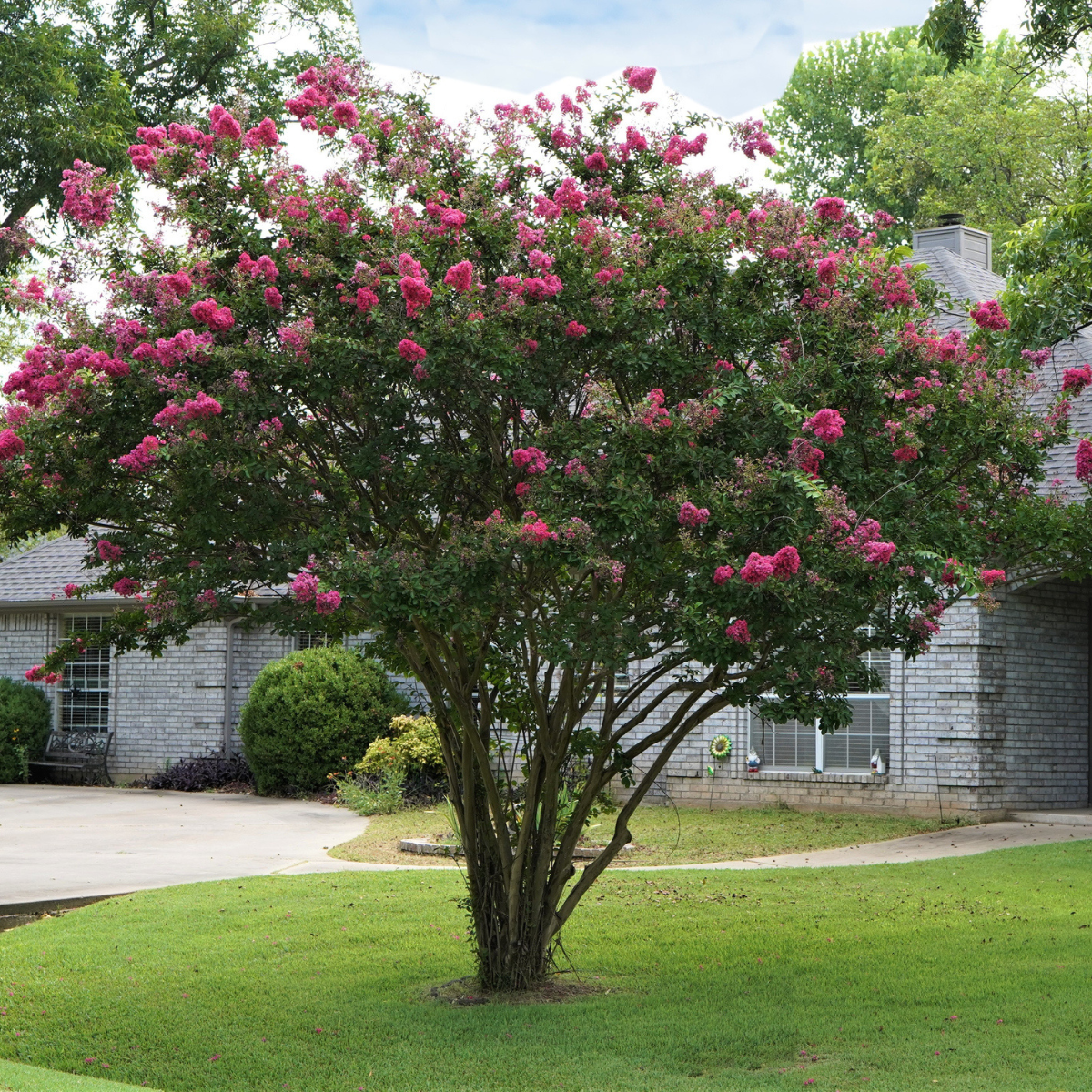
- Egyptian star flower (Ixora coccinea): This tropical shrub produces clusters of small, bright red flowers that resemble hydrangea blooms. Egyptian star flowers are hardy in USDA zones 9-11 and prefer full sun. They are relatively easy to care for and make a great addition to any sunny garden.

- Tree peony (Paeonia suffruticosa): This deciduous shrub produces large, showy flowers in a variety of colors, including pink, red, and white. Tree peonies are hardy in USDA zones 4-8 and prefer full sun to partial shade. They can be somewhat difficult to grow, but they are well worth the effort for their beautiful blooms.

These are just a few of the many plants that look like hydrangeas but are even better. If you're looking for a plant with large, showy blooms that is easy to care for, one of these plants may be a good choice for you.
Hydrangeas are beautiful flowering shrubs that come in a variety of colors, from white to pink to blue. They are a popular choice for gardens because they are relatively easy to care for and can thrive in a variety of climates. However, if you are looking for plants similar to hydrangeas, there are a few options to consider.
One plant that is similar to hydrangeas is the snowball bush (Viburnum macrocephalum). Snowball bushes have large, white flower clusters that bloom in the summer. They are hardy in zones 4-9 and can grow up to 10 feet tall. Another plant that is similar to hydrangeas is the lacecap hydrangea (Hydrangea paniculata). Lacecap hydrangeas have large, flat flower clusters that bloom in the summer. They are hardy in zones 3-9 and can grow up to 15 feet tall.
If you are looking for a plant that is similar to hydrangeas but has a different color, there are a few options to consider. One plant that is similar to hydrangeas but has pink flowers is the rose of Sharon (Hibiscus syriacus). Rose of Sharons are hardy in zones 5-9 and can grow up to 15 feet tall. Another plant that is similar to hydrangeas but has blue flowers is the Chinese forget-me-not (Cynoglossum amabile). Chinese forget-me-nots are hardy in zones 3-9 and can grow up to 2 feet tall.
For more information about plants similar to hydrangeas, please visit .
FAQ of plants similar to hydrangea
Here are the 5 most frequently asked questions about plants similar to hydrangea, along with valuable insights and solutions:
1. What are some plants similar to hydrangea?
There are many plants that are similar to hydrangeas in terms of their appearance, growing conditions, and care requirements. Some popular examples include:
- Rose of Sharon: This shrub is known for its large, showy flowers that can bloom in a variety of colors, including white, pink, purple, and blue. Rose of Sharon is hardy in USDA zones 5-9 and prefers full sun to partial shade.
- Mock orange: This shrub is named for its fragrant flowers that smell like orange blossoms. Mock orange is hardy in USDA zones 4-9 and prefers full sun to partial shade.
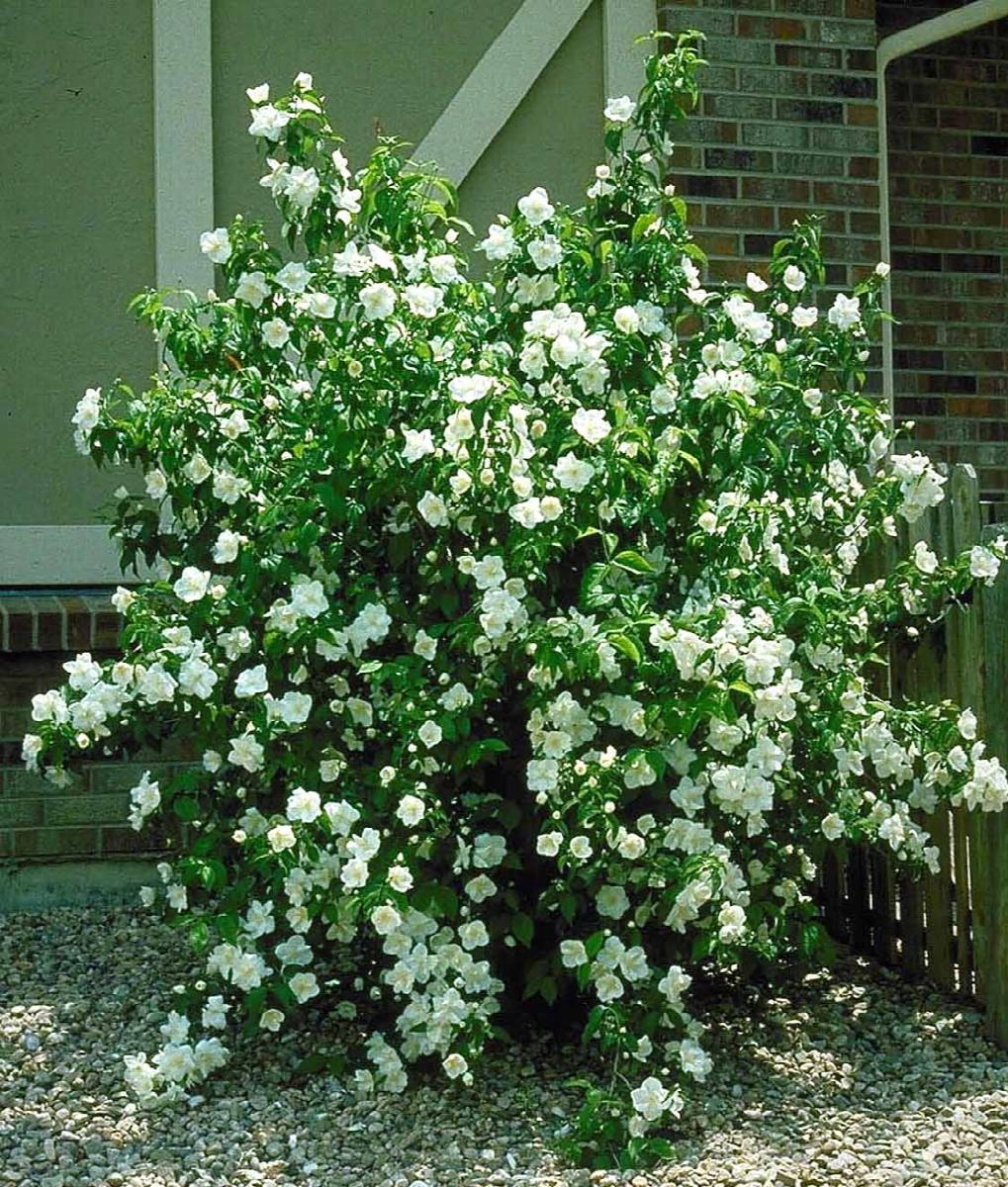
- Butterfly bush: This shrub is a magnet for butterflies and other pollinators. It blooms in late summer and fall with clusters of small, tubular flowers that can be white, pink, purple, or lavender. Butterfly bush is hardy in USDA zones 5-9 and prefers full sun.

- Weigela: This shrub is known for its showy flowers that bloom in the spring and early summer. Weigela is hardy in USDA zones 4-8 and prefers full sun to partial shade.
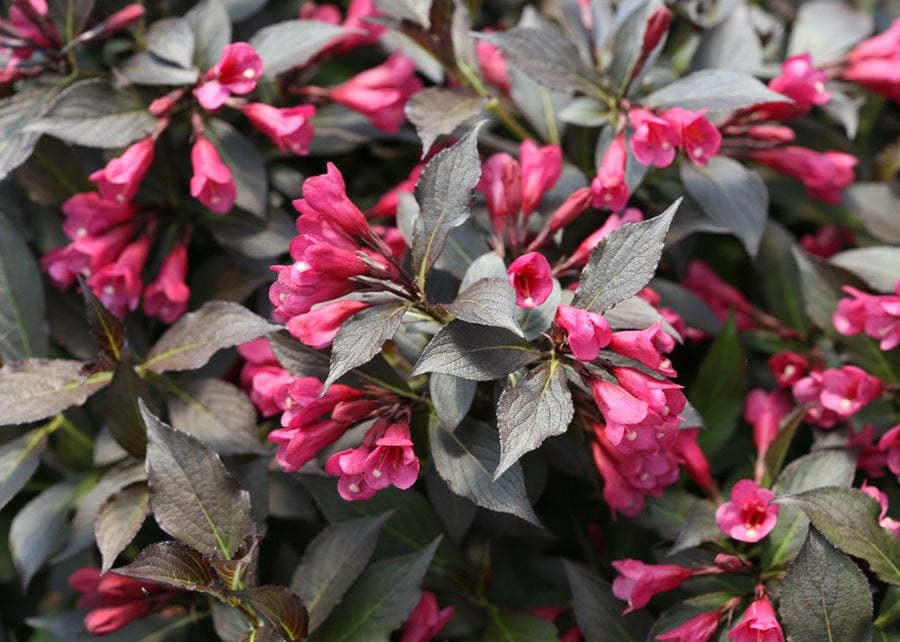
- Plum blossom: This tree is native to Asia and is known for its beautiful, delicate flowers that bloom in the spring. Plum blossom is hardy in USDA zones 5-9 and prefers full sun.
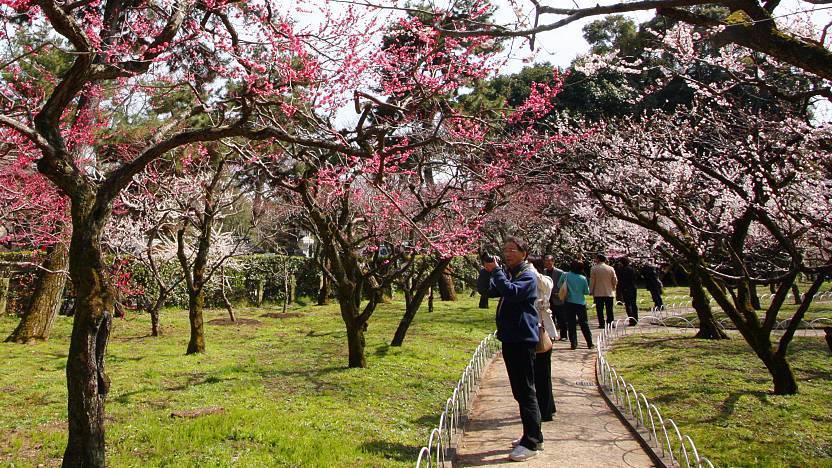
2. What are the benefits of planting hydrangeas or similar plants?
Hydrangeas and similar plants offer a number of benefits, including:
- Beautiful flowers: These plants are known for their large, showy flowers that can bloom in a variety of colors.
- Easy to care for: Hydrangeas and similar plants are relatively easy to care for and can thrive in a variety of conditions.
- Attract pollinators: The flowers of these plants attract butterflies, bees, and other pollinators.
- Add color to your landscape: These plants can add a splash of color to any landscape.
- Provide shade: Some of these plants, such as rose of Sharon and butterfly bush, can provide shade in hot weather.
3. What are some tips for planting hydrangeas or similar plants?
When planting hydrangeas or similar plants, it is important to consider the following factors:
- Sunlight: These plants need full sun to partial shade.
- Soil: They prefer well-drained soil that is rich in organic matter.
- Water: They need regular watering, especially during the first year after planting.
- Fertilizer: They should be fertilized once a year in the spring.
- Pruning: They should be pruned in the early spring to encourage new growth.
4. What are some common problems with hydrangeas or similar plants?
Some common problems with hydrangeas and similar plants include:
- Leaf spot: This fungal disease can cause leaves to develop brown or black spots.
- Pests: These plants can be susceptible to a variety of pests, such as aphids, spider mites, and scale insects.
- Winter damage: These plants can be damaged by cold weather, especially if they are not properly protected.
- Drought stress: These plants can be stressed by drought, especially during the summer months.
- Overwatering: These plants can be damaged by overwatering, which can lead to root rot.
5. How can I troubleshoot problems with hydrangeas or similar plants?
If you are having problems with your hydrangeas or similar plants, the first step is to identify the problem. Once you have identified the problem, you can take steps to correct it. For example, if your plants have leaf spot, you can treat them with a fungicide. If your plants have pests, you can control them with insecticidal soap or neem oil. If your plants have been damaged by winter, you can prune them back in the spring. And if your plants are stressed by drought or overwatering, you can adjust your watering schedule accordingly.
Image of plants similar to hydrangea
Astilbe is a perennial plant with delicate, fern-like foliage and feathery flower clusters that bloom in shades of pink, white, and purple. It is a shade-tolerant plant that is deer-resistant and drought-tolerant.
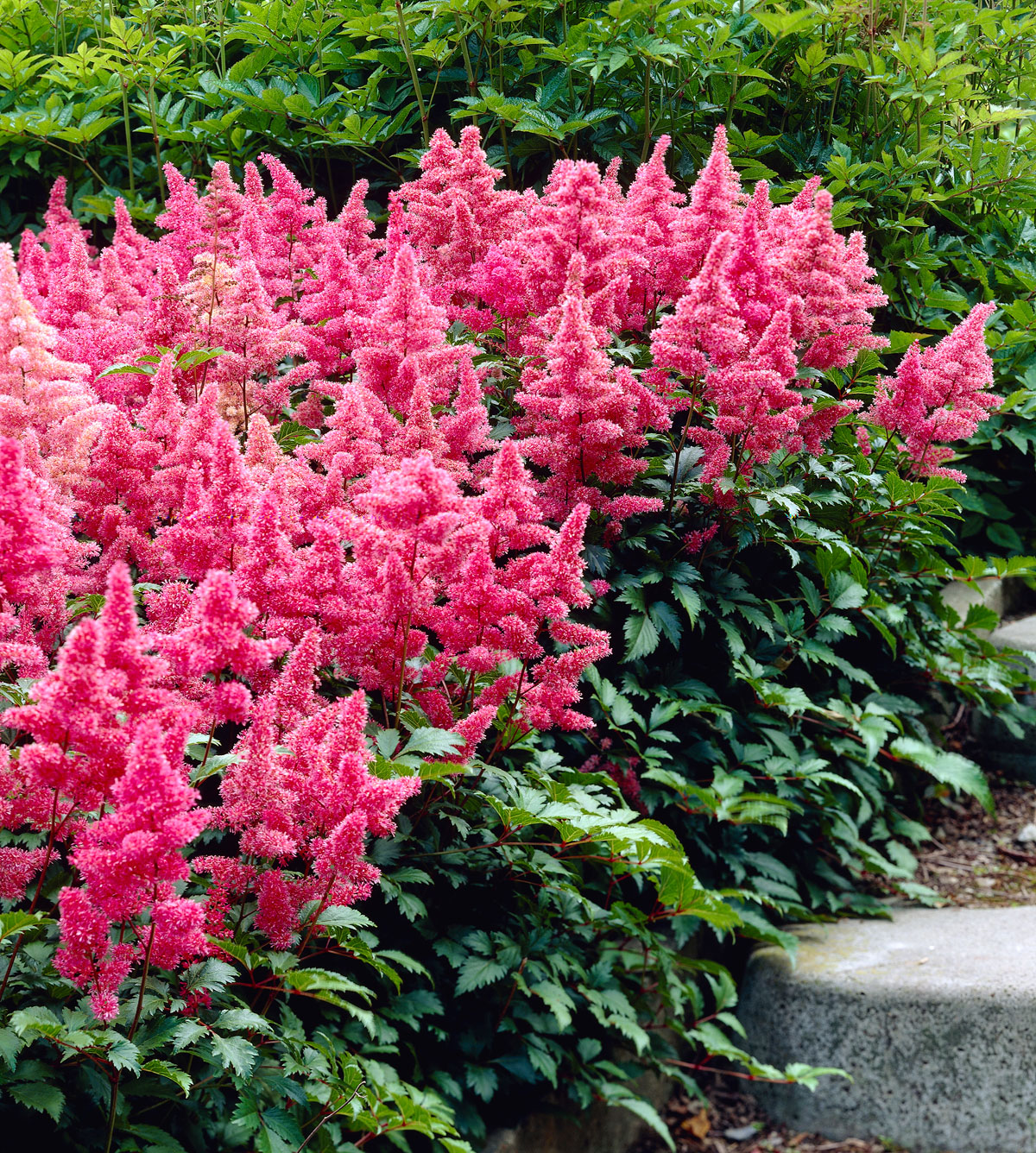
- Buddleia is a shrub or small tree with fragrant, butterfly-attracting flowers that bloom in shades of purple, blue, pink, and white. It is a sun-loving plant that is not drought-tolerant and requires regular watering.
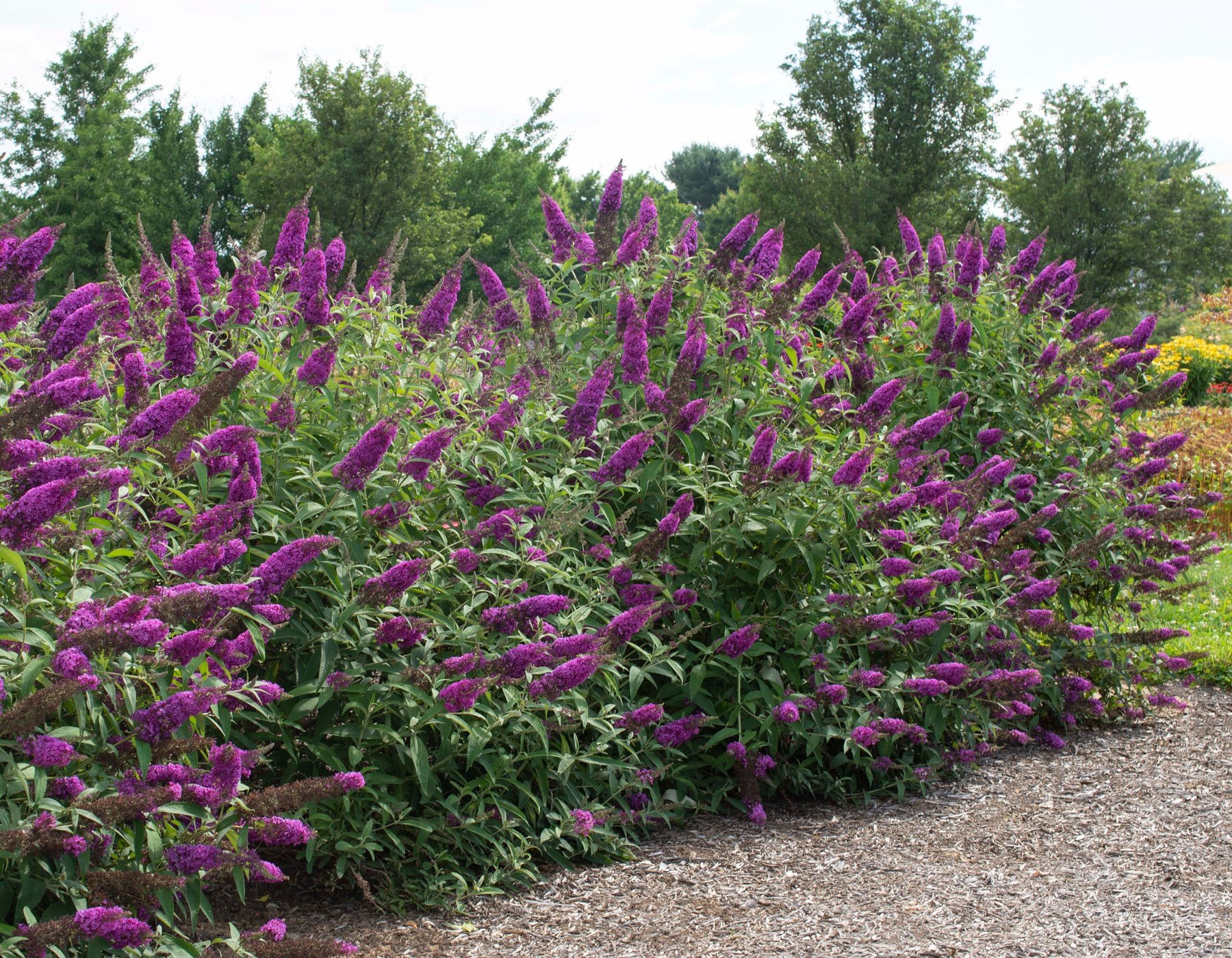
- Clematis is a vining plant with showy flowers that bloom in a variety of colors, including blue, purple, pink, white, and yellow. It is a sun-loving plant that requires regular watering and fertilizing.
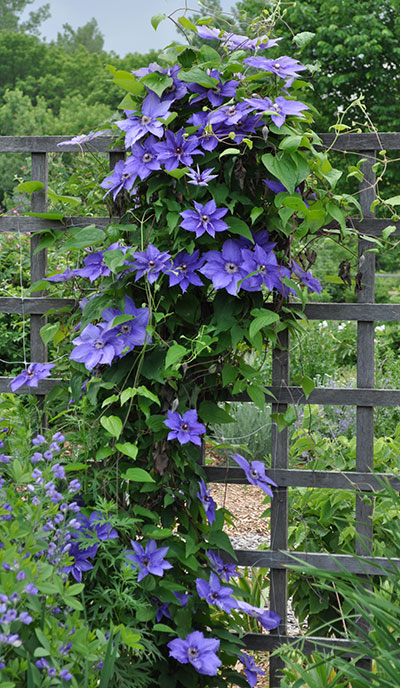
- Rhododendron is a shrub or small tree with large, showy flowers that bloom in shades of pink, white, purple, and blue. It is a shade-tolerant plant that is not drought-tolerant and requires regular watering.
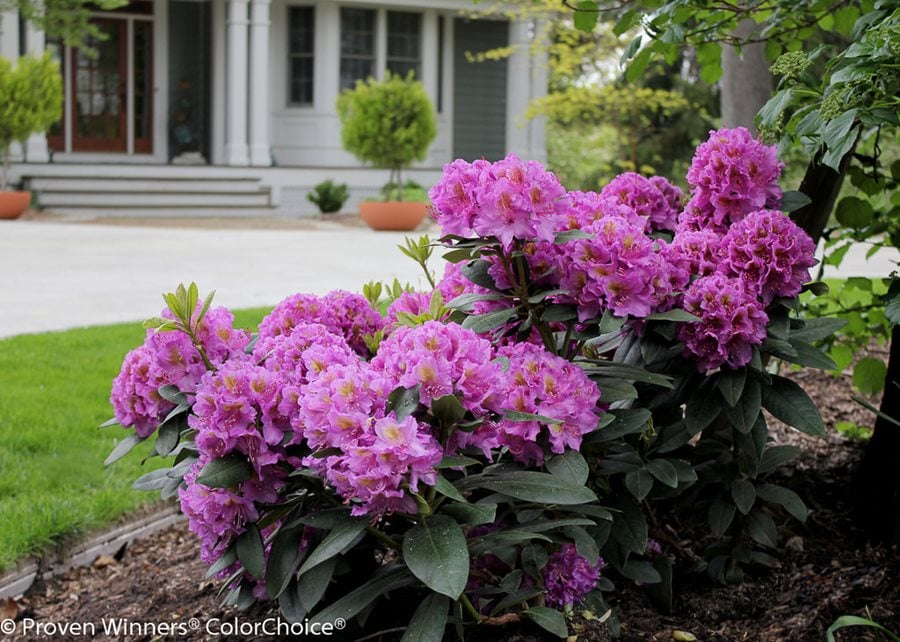
- Wisteria is a vining plant with fragrant, pea-like flowers that bloom in shades of purple, blue, and white. It is a sun-loving plant that requires regular watering and fertilizing.
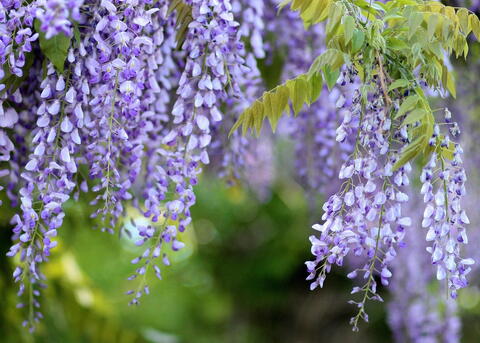
Post a Comment for " Plants That Look Like Hydrangeas But Are Even Better"